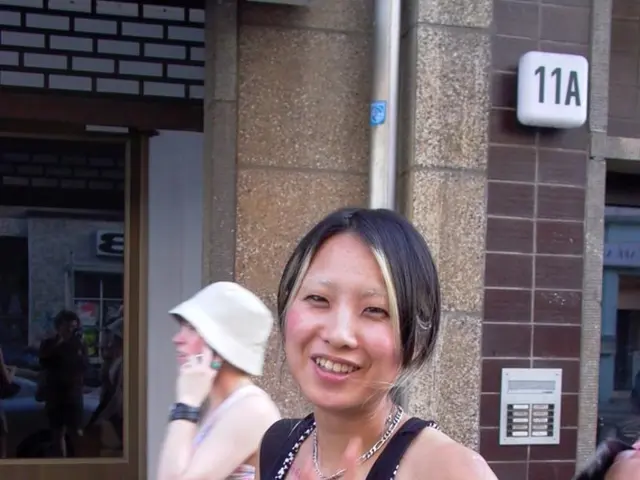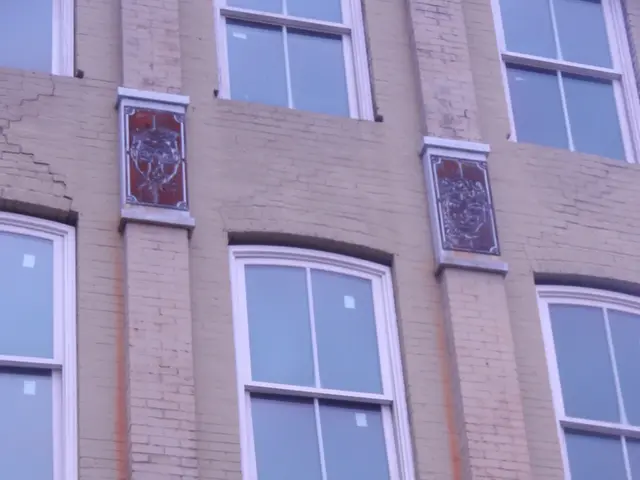Visitors observe monarch butterflies in the Monarch Butterfly Biosphere Reserve, located in Michoacán, Mexico. Hordes of these vibrant orange-and-black creatures seek shelter here following their remarkable journey from Canada and the USA.
Exploring Monarch Butterfly Sanctuaries in Michoacán, Mexico: A Guide to Responsible Tourism
The monarch butterfly migration, a natural wonder spanning up to 2,800 miles, takes place in Central Mexico, with three sanctuaries in Michoacán open to the public. To plan a responsible and memorable tour, follow these key steps.
1. Visit during the right season
The monarchs arrive in Michoacán from October to March, with peak viewing commonly in late fall and winter when millions gather in the oyamel fir forests at high elevation in the Monarch Butterfly Biosphere Reserve.
2. Choose recognized sanctuaries
Top sites include El Rosario, Sierra Chincua, and Senguío. These sanctuaries, part of the UNESCO World Heritage Monarch Butterfly Biosphere Reserve, are crucial for butterfly survival.
3. Use certified local guides
Hiring a certified guide supports the local economy and ensures you follow rules that protect butterflies and their habitat. Guides offer transport, entrance fees, and knowledgeable explanations of the ecology and cultural significance.
4. Follow conservation practices
Stay on marked trails, avoid loud noises, do not touch butterflies, and dress in layers for temperature changes. Walking or horseback rides may be available to reduce impact.
5. Respect local culture
Recognize the Purépecha people's connection to monarchs, especially around Day of the Dead when butterflies symbolize returning souls. Support community-run cooperatives and buy local products where possible.
6. Plan logistics carefully
Flying into nearby airports, arranging transport to the remote sanctuaries, and booking accommodations ahead ensures smoother, less disruptive travel. Some guides offer airport pickup.
Senguio, an hour and a half by car from Sierra Chincua, offers activities like ziplining, hanging bridges, a climbing wall, picnic areas, local restaurants, and cozy cabins for overnight stays. El Rosario, approximately an hour's drive up the mountain from Zitácuaro, boasts moutaintop butterfly colonies that can be reached by an hour's walk or a short horseback ride.
The State of Mexico's sanctuaries include El Capulín, La Mesa, and Piedra Herrada, which together welcome up to 200,000 human visitors each year. Hotel Rodavento in Valle de Bravo offers rooms suspended over the forest, an ideal place to stay before exploring other sanctuaries in the state.
Time spent inside the sanctuary is limited to 18 minutes to prevent overcrowding. Entry fees for sanctuaries are approximately $5 for adults and $3 for children. Registration and tours with local guides are mandatory for visiting monarch sanctuaries in Mexico.
By aligning with conservation rules, engaging local experts, and respecting cultural traditions, your tour will contribute positively to preserving the monarch migration phenomenon and benefit Michoacán's communities.
- The monarch butterfly migration, a best-known natural spectacle spanning over 2,800 miles, occurs during specific seasons in Central Mexico, particularly from October to March, with peak viewing in late fall and winter.
- To witness the monarchs in Michoacán, consider visiting recognized sanctuaries like El Rosario, Sierra Chincua, Senguío, and others in the biosphere reserve deemed crucial for butterfly survival.
- When planning your visit, opt for certified local guides who can offer in-depth knowledge of the ecology, cultural significance, and rules designed to protect the butterflies and their habitat.
- As you explore the sanctuaries, adhere to conservation practices such as staying on marked trails, keeping noise to a minimum, refraining from touching the butterflies, and following temperature changes by dressing appropriately.
- Given the role of local culture in understanding the monarch butterfly migration, show respect for the indigenous Purépecha people, especially during Day of the Dead celebrations, and support their community-run cooperatives and local products.
- To travel responsibly and efficiently, make arrangements ahead for flights to nearby airports, transport to the remote sanctuaries, booking accommodations, and arranging pickup services from accredited guides if available.




